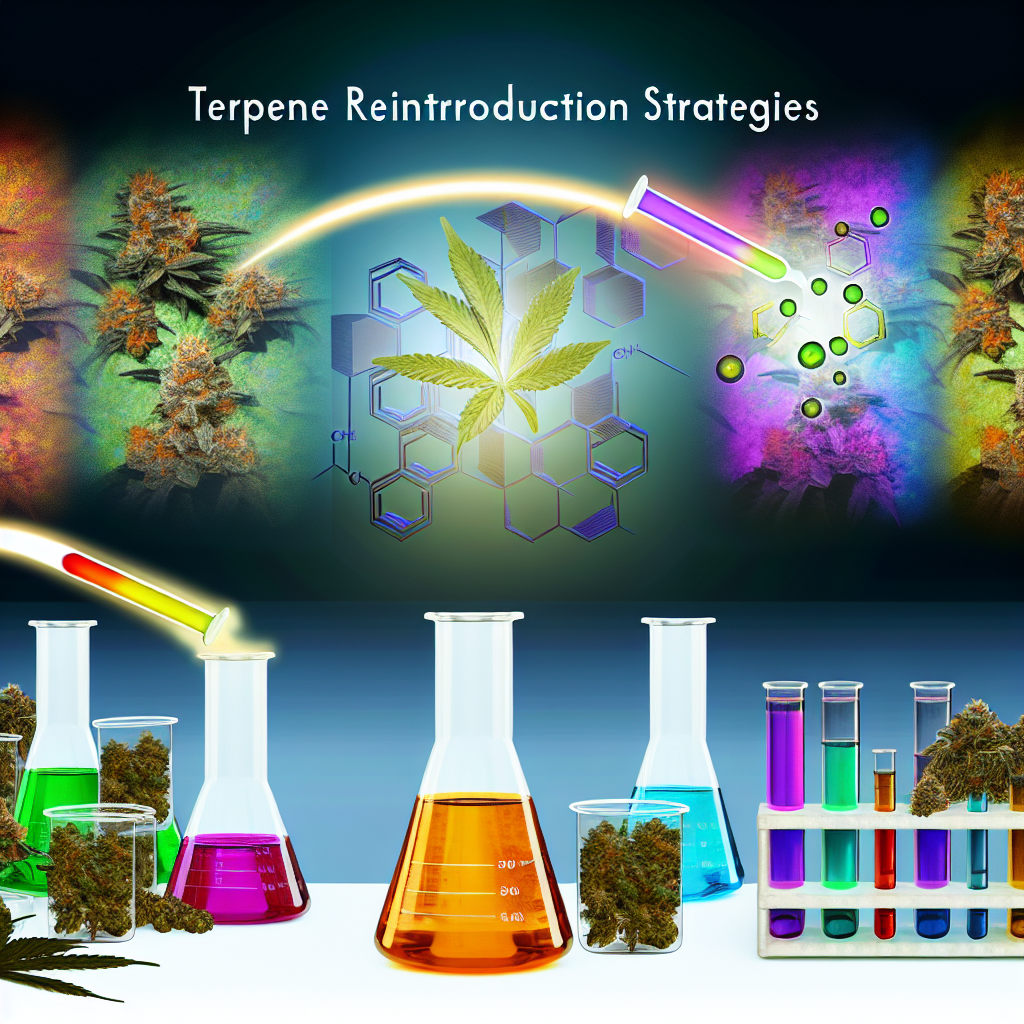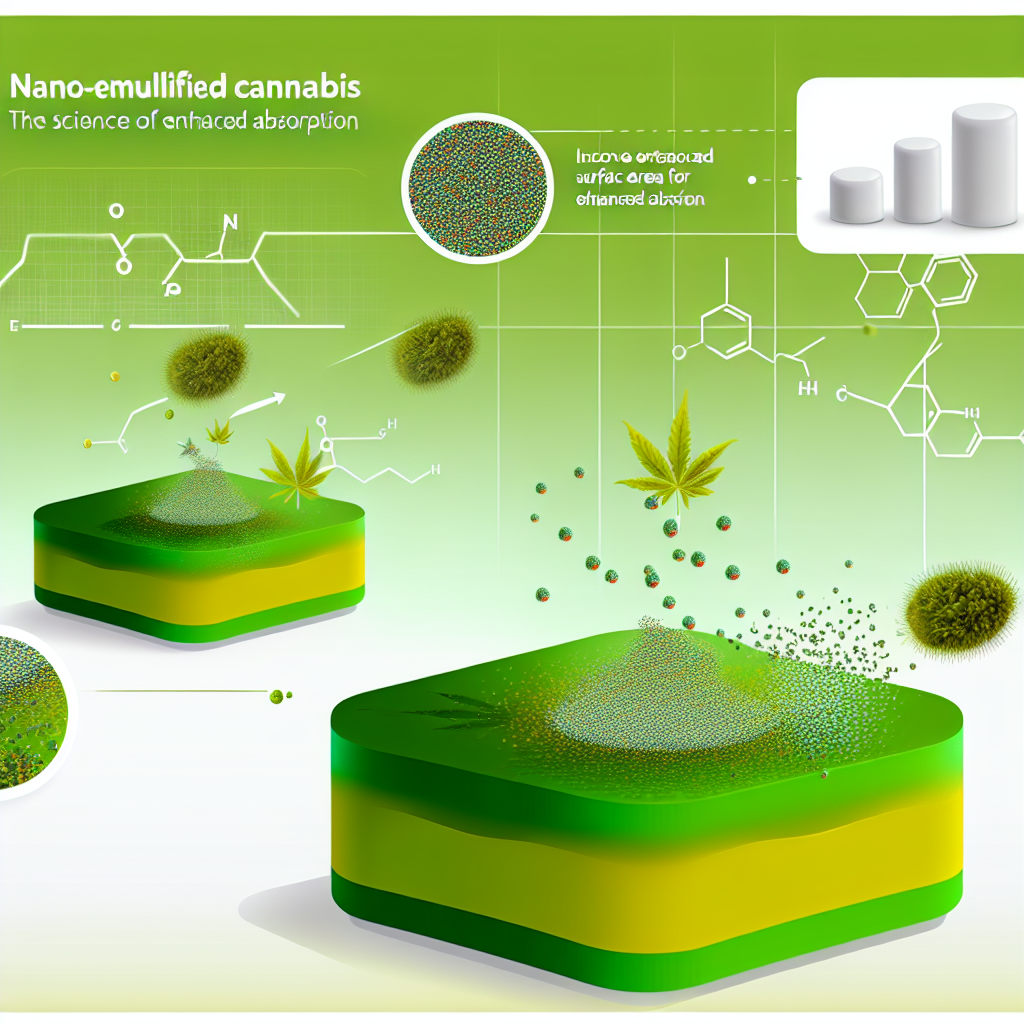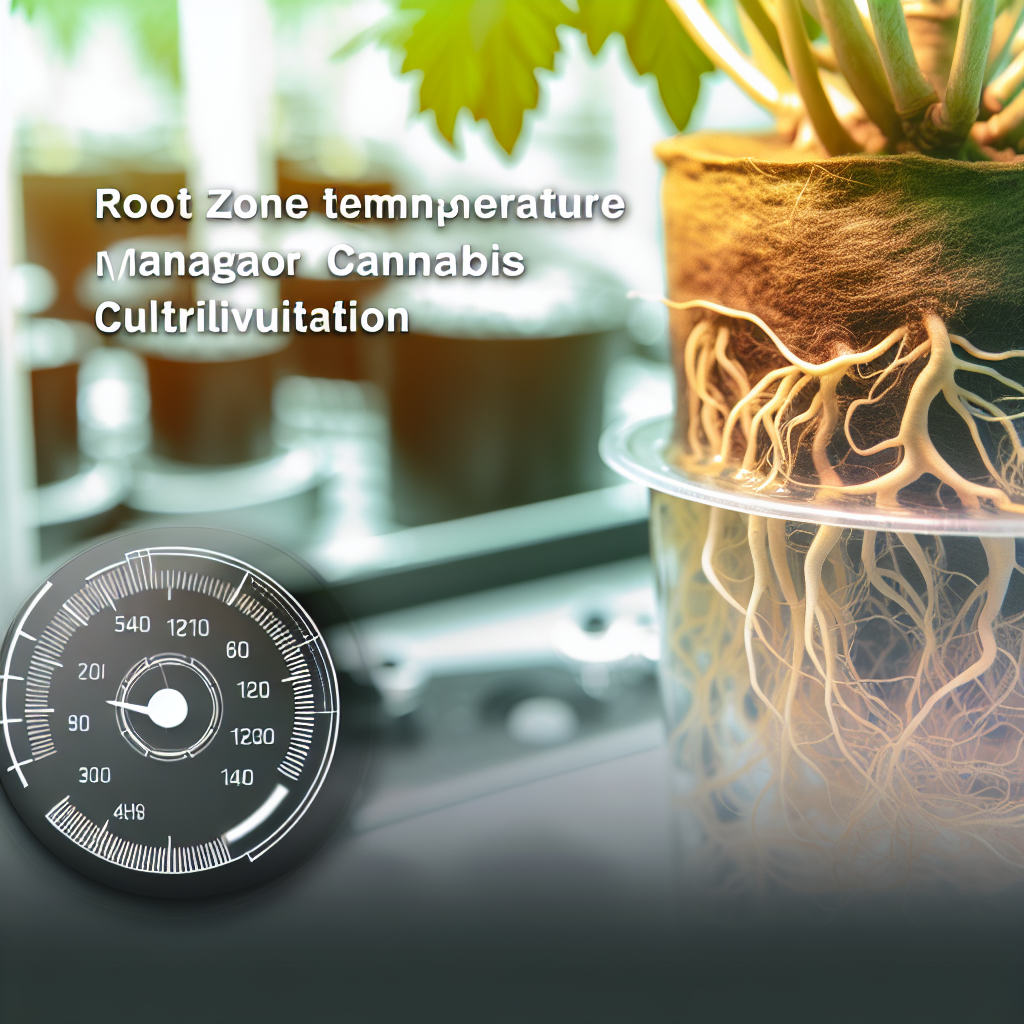Terpene Reintroduction Strategies: Enhancing Cannabis Extract Products
Crafting the Complete Cannabis Experience Through Terpene Reintroduction
As consumer demand for cannabis extracts continues to surge, industry innovators are shifting focus to more than just THC and CBD content. A pivotal element in the evolution of premium-quality extracts—such as distillates, vape cartridges, and shatter—is the reintroduction or preservation of terpenes. These aromatic compounds, responsible for the scent and flavor profiles of cannabis, are also key players in the plant’s therapeutic efficacy through what is commonly referred to as the “entourage effect.”
Terpenes like myrcene, limonene, pinene, and linalool are fragile and tend to degrade during high-heat or pressurized extraction methods such as CO₂, ethanol, or hydrocarbon processing. While these methods may yield cannabinoid-rich results, they often strip away the very components that define the nuanced experience of each cannabis strain.
To compensate, producers are turning to terpene reintroduction strategies that either restore lost native terpenes or add carefully curated blends to the final product. These terpenes can be cannabis-derived (CDTs) or botanical-derived (BDTs), extracted from non-cannabis plants like citrus fruits, pine, and lavender—yet chemically identical to their cannabis counterparts.
Reintroduced terpenes do more than restore aroma; they influence psychoactive and physical effects. For example, limonene is associated with mood elevation, while myrcene promotes relaxation. By reintroducing specific terpene formulations, producers can create more refined cannabis products tailored to both recreational enjoyment and medical treatment.
Modern consumers, particularly medical patients, are increasingly interested in targeted effects rather than simply high-THC content. Terpene reintroduction allows for more personalized, full-spectrum experiences reminiscent of whole flower while maintaining compliance and manufacturing scalability.
As technological and scientific advancements continue to refine our understanding and application of terpenes, their role in cannabis extract products will only grow more essential. It’s not just about getting high—it’s about getting well, getting creative, or finding calm, all facilitated by the right combination of terpenes expertly reintroduced.
Science-Backed Formulations: Leveraging Terpenes for Efficacy and Customization
Terpenes are no longer viewed as secondary to cannabinoids. Instead, they are scientifically recognized as powerful chemical agents capable of influencing human biology in synergy with THC, CBD, and other cannabis compounds. A landmark study published in 2011 in the British Journal of Pharmacology introduced the term “entourage effect,” highlighting how cannabinoids and terpenes work better together than alone.
For example, myrcene has been found to aid in the absorption of cannabinoids across the blood-brain barrier, intensifying their effects. Limonene has shown promise in mood enhancement, potentially interacting with serotonin pathways, while β-caryophyllene—featured in a 2021 Scientific Reports study—selectively binds to CB2 receptors and provides anti-inflammatory and analgesic effects without causing intoxication.
On a commercial level, innovative cannabis companies are implementing terpene reintroduction as a fundamental part of product formulation. Extractors now use methods such as cold-trapping and fractional distillation to either preserve native cannabis terpenes during extraction or reintroduce them afterward.
Cannabis-derived terpenes (CDTs) deliver authenticity and strain fidelity, closely mimicking the original flavor and effect of specific phenotypes such as OG Kush, Girl Scout Cookies, or Gelato. However, due to cost and sourcing issues, botanical-derived terpenes (BDTs) from lavender (linalool), citrus (limonene), and pine (pinene) are commonly used as scalable alternatives. They are molecularly identical to those found in cannabis and offer consistent, lab-verified quality control for large-scale manufacturing.
Leading brands even develop proprietary terpene profiles to create signature products, often catering to mood-based or need-specific markets—like “Focus,” “Chill,” or “Sleep” vape pens and tinctures. Feedback from users often cites not just better taste but noticeable improvements in symptom management, including reduced anxiety, pain relief, and mental clarity.
As the research continues and formulation technology evolves, terpene reintroduction will likely become a standard practice in extract product creation, allowing for enhanced consumer experiences and more accurate medical targeting.
Terpenes as Game-Changers: A New Generation of Enhanced Cannabis Products
Terpene reintroduction stands at the intersection of science, wellness, and innovation within the cannabis industry. These compounds, crucial to both flavor and function, offer far more than aromatic appeal. By strategically reintroducing terpenes—whether cannabis-derived or botanical-derived—producers can transform standard extracts into full-spectrum-like, high-quality cannabis products designed with precision.
For consumers, this means a closer approximation to the nuanced experience of smoking or vaporizing whole flower. For medical patients, it means more targeted and effective symptom relief options without the variability that often comes with traditional cannabis use. The ability to tailor terpene content empowers producers to redefine products for pain, stress, sleep, creativity, or clarity—each driven by the power of plant chemistry.
As our understanding of terpene pharmacokinetics deepens through continued research and clinical observations, we can expect even greater personalization in cannabis therapy and recreational enjoyment. Cutting-edge brands that embrace terpene science not only elevate consumer satisfaction but carve a path toward a more sophisticated, therapeutic cannabis culture.
References
2. Gertsch, J. et al. (2008). Beta-caryophyllene is a dietary cannabinoid. ScienceDirect.
5. Cannabis Business Times. (2023). The Value of Botanical Terpenes in Cannabis Products.
6. Leafly. (2022). Understanding Terpenes and Their Effects.
7. Analytical Cannabis. (2021). How Cannabis Terpenes are Extracted and Preserved.
Summary:
As the cannabis industry evolves, the focus is shifting beyond just THC and CBD content to the role of terpenes in crafting premium-quality extracts. Terpene reintroduction strategies, using either cannabis-derived or botanical-derived terpenes, are emerging as a key way to restore the nuanced flavor and therapeutic benefits of the “entourage effect.” Terpenes are now recognized as powerful compounds that can influence the effects of cannabinoids, leading to more personalized and targeted cannabis products for both recreational and medical use.




